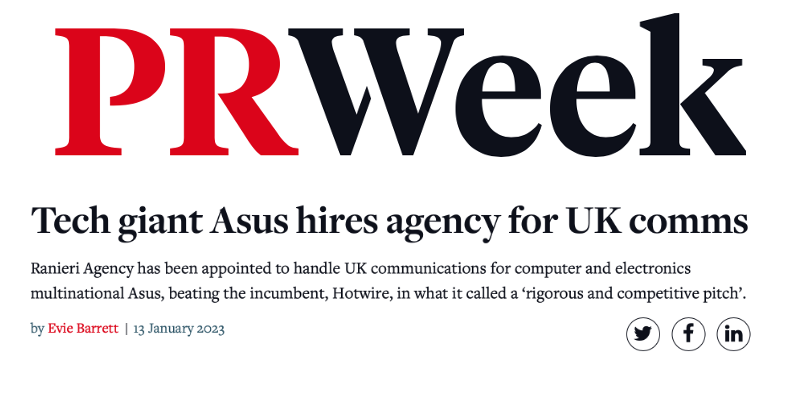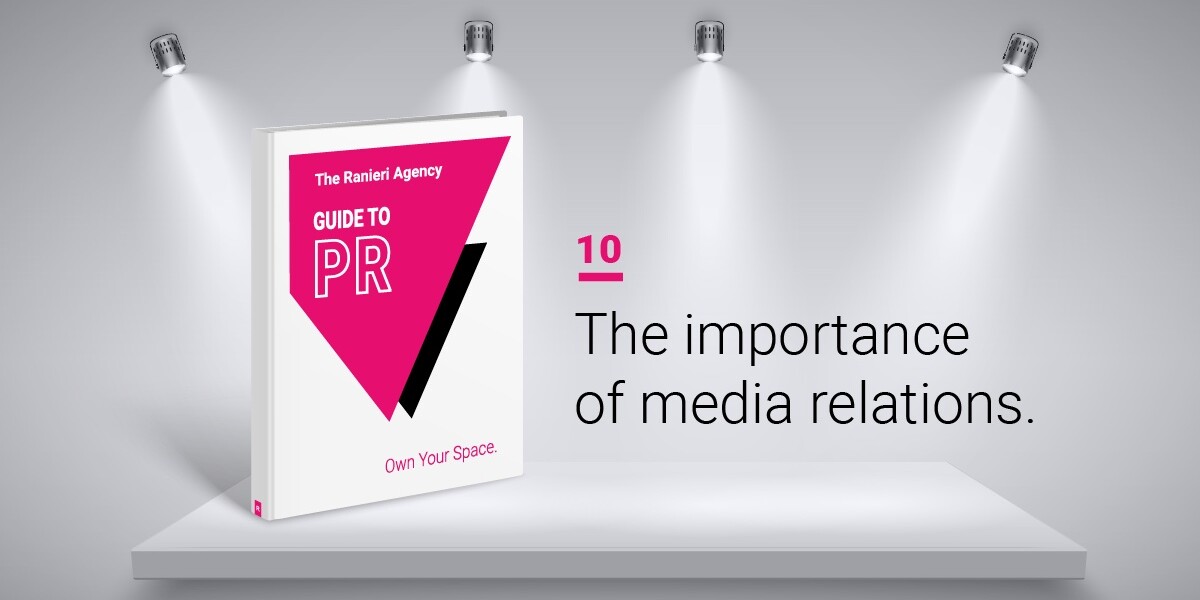Behind every successful PR outcome, exists a strategic plan. Within today’s competitive and ever-evolving business landscape, it had become increasingly important for companies to invest in their brand, stay relevant and maintain a consistent voice in their industry.
Strategic planning is a fundamental element of the PR process and ensures organisations are investing in efforts that have promising a return on investment and delivery on business objectives. Whether this be brand exposure, a product launch, personal brand and reputation rebuild, every initiative must be executed with considerate planning.
It is crucial to start the PR planning process by first understanding the business objectives in order to develop a strategic PR plan that ensures maximise return on investment.
1. Align tactics with business objectives
Planning should be designed to optimise every £ invested. To achieve this, the first step is to clearly define the business and communication objectives so that PR and marketing plans are in sync… Without a clear plan, brands run the risk of missing the mark with the PR campaign. Investing in strategic planning ensures brands and agencies are investing their time, effort, and resources to build brand value, articulate their offering, and identify their unique selling proposition effectively within the market.
2. Effective communication and key messages
Key messages are the core messages you want your target audience to hear and remember.
These build the foundation of the communication strategy and are used beyond media initiatives. They create meaning and help articulate the brand story – whether it be on social media, on your website or even when communicating with prospects. Having a tight list of key messages allows control of the narrative with media and your target market. They are a fundamental element of the PR campaign and help create the headline you want to be known, remembered and recognised for.
3. Understand and communicate your brand values
Brand values should be embedded into everything your business does, including the PR natives. There is no one strategy that fits all therefore brands need to embrace their authenticity and steer away from generic marketing gimmicks that have minimal effect on their primary objectives. The integration of brand values paves the way for an authentic voice amongst key competitors and industry peers, makes you more trusted by customers and prospects and even enhances your employer brand.
4. Target the right media
To successfully engage with your audience, you need to understand where is your market receiving their information, what are they subscribing to, what conversations are they joining and what are they reading. Targeting the right journalists and publications is vital to ensure your audience are in the prime position to read, learn, understand, and engage with you and your brand.
5. Revise and refresh
PR success does not happen overnight. Consistency, creativity and willingness to change are key when planning for success. You need to be prepared to invest in effective brand revitalisation to remain in touch within the industry. The key to a successful campaign is to work in plenty of planning time. This allows you to stay on the front-foot and ensure your communications are in line with business priorities, the market and changing media landscape. PR campaigns should be constantly evaluated and ready to pivot.
Investing wisely in your PR strategy with a proven agency is key to ensure you meet your business and communications objectives and maximise return on investment. When properly planned, PR can have an enormous effect on your bottom line and enhance your brand image.
#PRAgency #TechPRAgency #TechnologyPRAgency #ConsumerElectronicsPRAgency #ConsumerPRAgency #GamingPRAgency #European PRAgency #EuropeanTechnologyPRAgency #SocialMediaAgency #InfluencerMarketingAgency #PressOffice #MediaRelations #LaunchEvents


